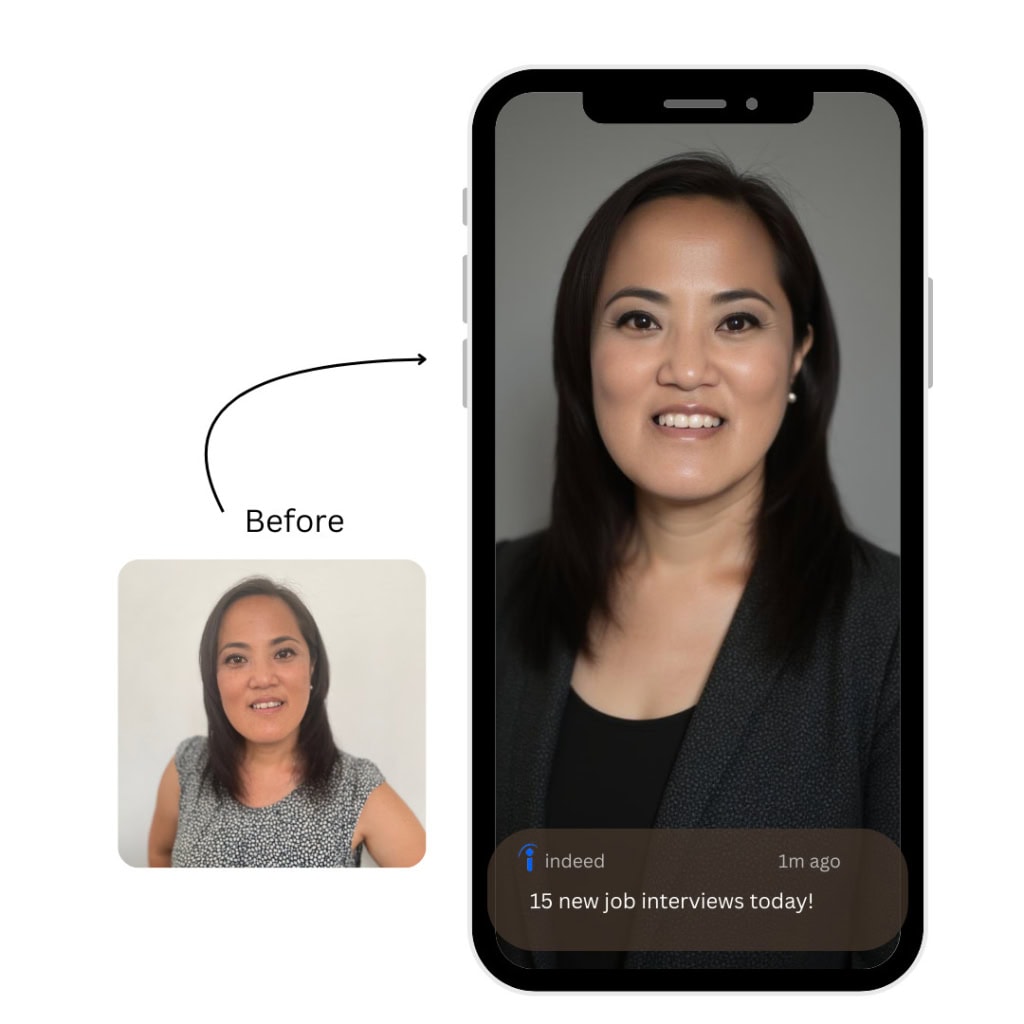Understanding AI Headshot Technology
Firstly, it’s vital to understand how AI headshot generator tools use your images. Unlike traditional algorithm training methods, these tools utilize your photos merely for refinement purposes. Think of it as the final adjustment in a recipe rather than creating a new dish entirely. Uploading your image initiates the creation of a special file, often in .tar format, encapsulating your data and code, which forms the basis of your personalized AI model.
Privacy and Data Security
The integrity of your AI-generated images and the associated fine-tuned file is paramount. Reputable providers commit to eradicating both from their servers after a predetermined period or upon your request, ensuring your digital footprint is minimized.
European Data Protection Standards
European-based services adhere to rigorous data protection laws that offer more stringent user security than those found in other regions, such as the United States. This legal compliance provides a robust safeguard for your personal data.
Free vs. Paid Services: The Privacy Trade-Off
A critical distinction must be made regarding free tools. Often, if a service is free, the product may actually be your data. These models might be sold or used commercially without your explicit consent. Therefore, paying for a service is not just about the product but also about ensuring your data is not the commodity. The Federal Trade Commission provides resources on understanding consumer privacy and the value of personal data.
The Bigger Picture of Digital Privacy
In the age of high-resolution public cameras, your likeness may inadvertently be captured and stored on numerous systems worldwide. The risk is present in many aspects of modern life and is not exclusive to AI headshot tools.
Choosing the Right Provider
The key takeaway is to engage with trustworthy providers that are transparent about their data handling practices. Ensure they can satisfactorily address any concerns you have regarding privacy and data security. In essence, with the right provider, using an AI headshot tool can be as safe as any professional photography service.
Long-Term Data Storage and Archiving Considerations
When evaluating AI headshot tools, it’s worth considering whether the service offers a secure archiving solution. For professionals who want to preserve different versions of their AI-generated portraits over time, this feature can be a major advantage. However, it’s equally important that any archiving system respects user consent and allows for complete deletion upon request. An opt-in, privacy-focused archiving model ensures users retain control over their data without sacrificing accessibility.
Balancing Innovation with Ethical Boundaries
As AI headshot tools become more advanced, the line between convenience and surveillance begins to blur. According to Dr. Rumman Chowdhury, a leading AI ethics expert and former Director of Machine Learning Ethics at Twitter, “The goal is not to fear AI, but to demand transparency in how it interacts with our identity.” This perspective is particularly relevant when these tools handle biometric data. Ethical AI development demands clarity on data retention policies, third-party access, and the scope of model training—elements users should examine before trusting a provider with their image.
Feedback Without Exposure: The Role of Surveys in Improving AI Tools
One emerging best practice among developers of AI tools is the use of feedback mechanisms like an anonymous survey creator. These surveys allow users to report satisfaction, security concerns, or data mishandling incidents without revealing their identity. Such tools not only support product improvement but also reflect a commitment to user empowerment and privacy, especially in a field where trust plays a central role.
Context Matters: Corporate vs. Personal Use
The safety of AI headshot tools can also depend on the context in which they’re used. In corporate settings, where branding and image consistency are essential, these tools are often deployed with legal oversight and customized privacy settings. Bruce Schneier, cybersecurity expert and author, points out that “Security is not a product, but a process.” For organizations using AI headshots at scale, this means integrating them within a larger data governance strategy that includes user consent, purpose limitation, and secure storage—aligning technical innovation with legal accountability.







